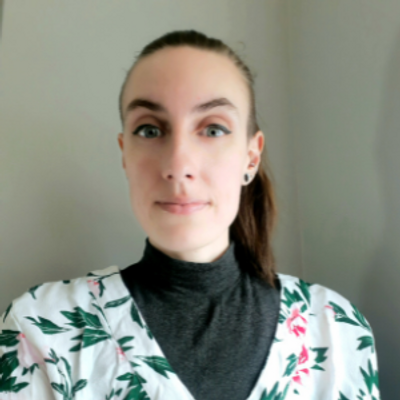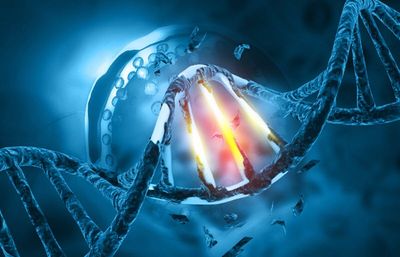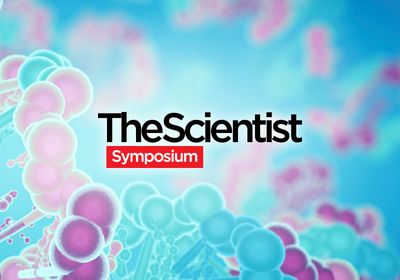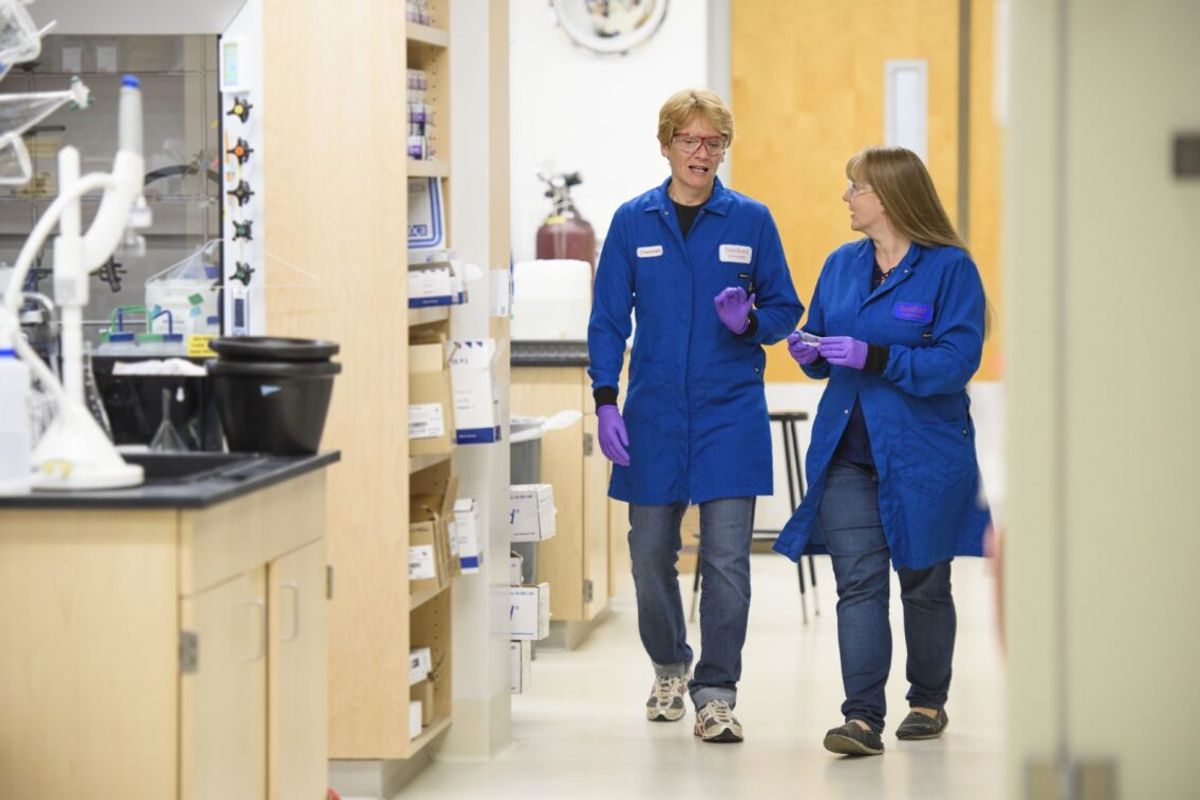
The difference between juice and jelly comes down to the physical and chemical properties of the ingredients, including the proteins and sugars that determine the integrity and characteristic wobble of gelatinous substances. This is true beyond dessert-making; cells surround themselves with the glycocalyx, a gel-like matrix made up of proteins, sugars, and sugars attached to proteins, called glycoproteins. These gels and their ingredients mediate how cells interact with one another and their environment.1
Carolyn Bertozzi, a biochemist at Stanford University and Nobel laureate in chemistry, has dedicated her career to investigating the ingredients of the glycocalyx, including the family of glycoproteins called mucins, which are key ingredients in the mucus of the respiratory, digestive, and reproductive tracts.2 “I've had a long-standing interest in mucins, because they have a lot of both biochemical potential in terms of biological activity, as well as biophysical potential,” said Bertozzi. These glycoproteins physically affect cell adhesion and chemically communicate with internal and external signaling molecules, which is a one-two punch that cancer cells often exploit to grow and spread.3
Mucins are a lever that can control the properties of the cell…That turns out to be important in many disease settings, and cancer is the setting that we study.
Carolyn Bertozzi, Stanford University
“Mucins are a lever that can control the properties of the cell,” Bertozzi explained. “That turns out to be important in many disease settings, and cancer is the setting that we study.” Because many cancers abnormally express and hijack mucins for physical and immunological protection, mucins are an attractive target for therapeutic intervention. However, these glycoproteins act through complex cooperative signaling pathways and secondary structures, which makes them challenging to target precisely.
In recent work published in Nature Biotechnology, Bertozzi and her research team took aim at mucins that protect cancer cells from therapeutics and the immune system.4 They designed and fine-tuned a targeted protein degradation strategy, combining an engineered mucin-selective bacterial protease called StcE (pronounced sticky) with a nanobody that targets the cancer-driving growth factor HER2. The researchers found that their new mucin-targeted protease, or mucinase, selectively degraded mucins expressed by cancer cell lines, promoted cell death in mucin-driven culture systems, and reduced tumor growth in breast cancer mouse models.
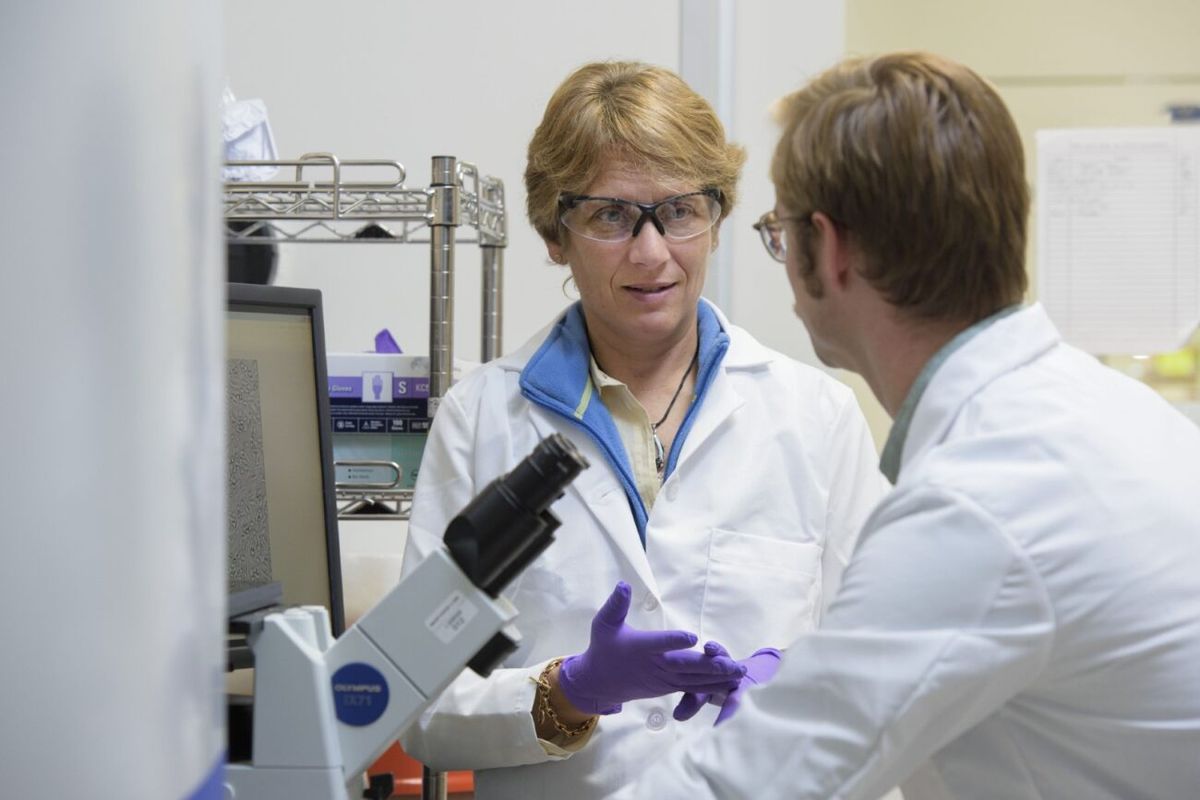
Bertozzi is no stranger to the therapeutic potential of enzymatically targeting glycoproteins. Her work with targeted sialidases, which improve immunotherapy access to cancer cells by trimming sugar chains off of glycoproteins, led to a cancer therapeutic that is in phase 1/2 clinical trials.5,6 In contrast to sialidases, this new targeted mucinase disrupts both mucin protein and sugar components, breaking down the gel-like glycocalyx by directly cutting the glycoproteins and disrupting mucin signaling. “When I give talks on these targeted enzyme therapeutics, I like to use metaphors that are like gardening tools and landscaping instruments,” Bertozzi said. “The sialidases, I often describe as like lawn mowers, metaphorically, whereas these new enzymes, these mucinases, I analogize them as chainsaws, cutting the backbone as opposed to shaking the grass or plucking the leaves.”
Mucinases clear the glycoprotein branches within the glycocalyx forest, reversing mucin’s multifaceted physical and immunological functions. “The work that is presented in this study is very convincing that this is a strategy that could truly revolutionize the field. And by targeting these types of enzymes to the tumor surface, creates this possibility of removing this mucin layer that protects the tumor cells from either immune recognition or drug treatments,” said Karin Strijbis, a microbiologist at Utrecht University who investigates the role of mucins in infection, inflammation, and cancer, and who was not involved in the study.
This work also opens therapeutic and research opportunities for a range of other human diseases characterized by aberrant mucin biology, such as cystic fibrosis or covid infection.7,8 “There are a lot of diseases that have overproduction of mucin. For example, there are many respiratory conditions in which that is taking place,” Strijbis said. “These types of tools are really essential in our field. To be able to address the mucins as a whole, by using this StcE, is a great addition to the toolbox.”
References
- Möckl L. The emerging role of the mammalian glycocalyx in functional membrane organization and immune system regulation. Front Cell Dev Biol. 2020;8:253.
- Grondin JA, et al. Mucins in intestinal mucosal defense and inflammation: Learning from clinical and experimental studies. Front Immunol. 2020;11:2054.
- Malaker SA, et al. Revealing the human mucinome. Nat Commun. 2022;13(1):3542.
- Pedram K, et al. Design of a mucin-selective protease for targeted degradation of cancer-associated mucins. Nat Biotechnol. [published online: August 03, 2023].
- Gray MA, et al. Targeted glycan degradation potentiates the anticancer immune response in vivo. Nat Chem Biol. 2020;16(12):1376-84.
- Glycan mediated immune regulation with a bi-sialidase fusion protein (GLIMMER-01). US National Library of Medicine. NCT05259696.
- Morrison CB, et al. Mucus, mucins, and cystic fibrosis. Pediatr Pulmonol. 2019;54 Suppl 3(Suppl 3):S84-S96.
- Chatterjee M, et al. Glycosylated extracellular mucin domains protect against SARS-CoV-2 infection at the respiratory surface. PLoS Pathog. 2023;19(8):e1011571.
